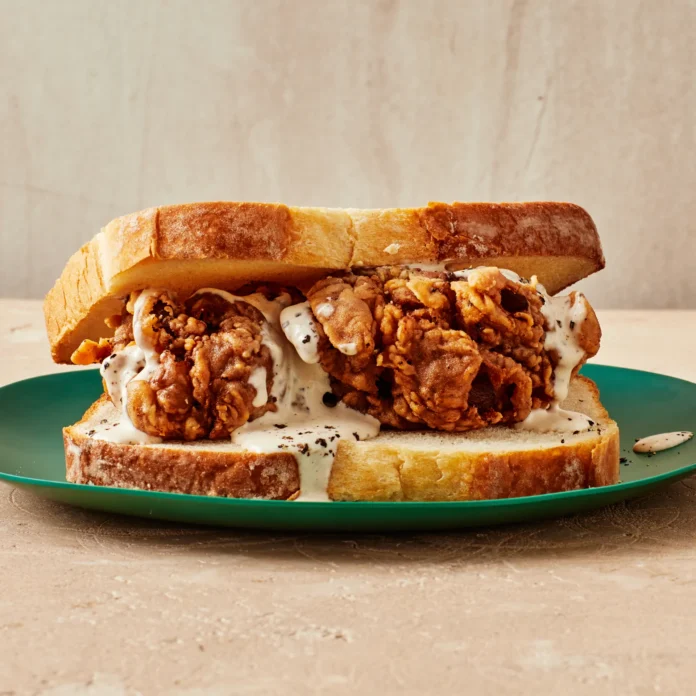Frying oil is a staple in many kitchens, but the question of whether it can be reused is a common source of confusion. Let’s take a closer look at the topic and explore the pros and cons of reusing frying oil.
One of the main advantages of reusing frying oil is cost savings. Purchasing new oil every time you fry can add up, especially if you do it frequently. By reusing the oil, you can extend its lifespan and get more use out of it. However, it’s important to note that not all frying oils are suitable for reuse. Some oils, such as extra-virgin olive oil, may not hold up well to multiple uses and can break down, affecting the taste and quality of the food.
The quality and safety of the oil are also important considerations. Over time, frying oil can accumulate debris, food particles, and breakdown products. This can lead to a change in flavor and the potential for the development of harmful compounds. To ensure the safety of reused, it’s essential to follow some best practices. Straining the oil after each use to remove any sediment or particles is a good start. Additionally, monitoring the color, smell, and taste of the oil can give you an indication of its condition. If the oil starts to look or smell rancid, it’s time to replace it.
Another factor to consider is the type of food being fried. Some foods, like French fries or chicken, may be more tolerant of reused than others. Lightly seasoned or delicate foods might be more susceptible to the flavor transfer from used oil. Reusing oil too many times can also impact the texture and crispiness of the fried food, as the oil’s performance may deteriorate.
To extend the life of your frying oil, there are a few tips to keep in mind. Keeping the oil at the right temperature during frying helps prevent it from breaking down too quickly. Avoid overheating the oil, as this can accelerate deterioration. Storing the oil in a cool, dry place away from direct sunlight can also help prolong its shelf life.
In conclusion, whether you can reuse frying oil depends on several factors, including the type of oil, the frequency of use, and the quality of the oil. While reusing oil can be a cost-effective option, it’s crucial to assess its condition and potential impact on the taste and safety of the food. If in doubt, it’s always a good idea to err on the side of caution and replace the oil frequently to ensure optimal taste and quality. Ultimately, the decision comes down to your personal preferences and how much you value the taste and health aspects of your fried creations.
